Printing Options
When it comes to printing on cardboards, corrugated materials, and paper stock boxes, the "best" method depends heavily on factors like:
Print volume: How many boxes are you printing?
Design complexity: Are you printing simple text and logos, or complex, high-resolution images?
Budget: How much are you willing to spend?
Desired quality: What level of print quality are you aiming for?
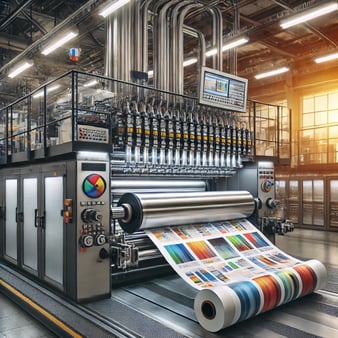
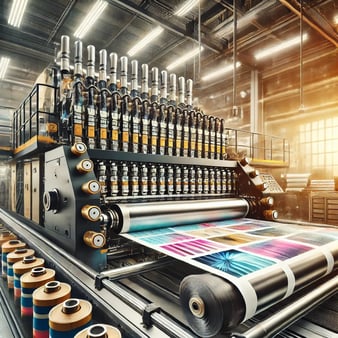


Flexography is a modern printing technique that uses flexible relief plates to transfer ink onto various materials, including plastic, paper, and metallic films. It is widely used for packaging, labels, and newspapers due to its high-speed production and ability to print on non-porous surfaces. The process utilizes fast-drying inks and multiple ink rollers, making it ideal for large-scale printing with vibrant colors and sharp details. This is often the go-to choice for corrugated cardboard, especially for large print runs.
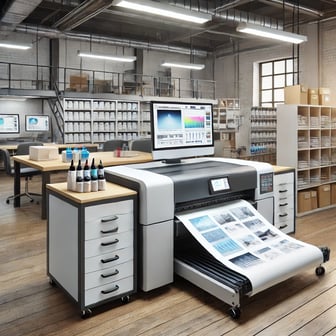
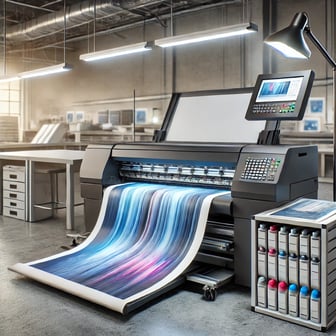


Digital printing is a modern printing method that directly transfers digital images onto various materials without the need for printing plates. It offers high-quality, full-color prints with quick turnaround times, making it ideal for short-run printing, personalized designs, and on-demand production. This technique is widely used for brochures, business cards, packaging, and textiles due to its efficiency and cost-effectiveness. This method is gaining popularity, particularly for short to medium print runs and custom packaging.
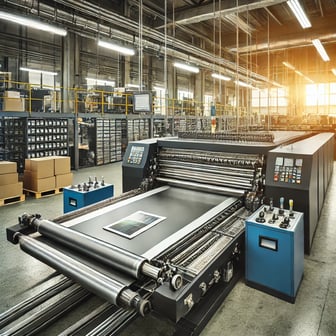
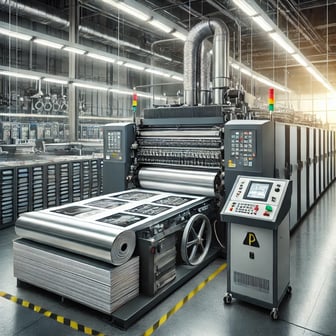


Offset printing is a widely used printing technique that transfers ink from a metal plate to a rubber blanket and then onto the printing surface. It delivers high-quality, consistent prints, making it ideal for large-scale production of newspapers, magazines, packaging, and marketing materials. This method is cost-effective for high-volume printing and ensures sharp images with precise color reproduction. This method involves printing high-quality images on paper, which is then laminated onto the cardboard.
Corrugated Texture: Corrugated cardboard has a textured surface, which can affect print quality. Flexography and digital printing are generally better at handling these surfaces.
Ink Types: Water-based inks are often preferred for corrugated cardboard due to their environmental friendliness.
Finishing: Coatings like varnish or lamination can enhance the durability and appearance of printed boxes.
In summary, for large volume, and simpler designs, Flexography is very popular. For high quality, detailed designs, and smaller print runs, digital printing, or offset lithography are the best options.
Here's a breakdown of commonly used methods and their suitability:
Flexography Printing
Pros:
⦁ Cost-effective for high volumes.
⦁ Fast printing speeds.
⦁ Suitable for various cardboard and paper stock types.
⦁ Good for solid color printing.
Cons:
⦁ May not be ideal for very fine details or high-resolution images.
⦁ Initial setup costs can be significant.
Best for: Shipping boxes, Carton boxes, and bulk packaging, and designs with simple graphics.
Digital Printing
Pros:
⦁ Excellent for variable data printing (e.g., personalized boxes).
⦁ Ideal for short print runs.
⦁ High-quality images and detailed designs.
⦁ Quick turn around.
Cons:
⦁ Can be more expensive for large print runs.
⦁ Some digital print methods may have limitations on certain cardboard types.
Best for: Custom packaging, small-batch product boxes, and designs with intricate graphics.
Offset Printing
Pros:
⦁ Produces very high-quality, sharp images.
⦁ Excellent for detailed designs and photographs.
⦁ Very good color reproduction.
Cons:
⦁ Higher setup costs.
⦁ More complex process.
⦁ Best suited for when very high quality print is needed.
Best for: Retail packaging, high-end product boxes, and when a premium look is essential.
Key Considerations
